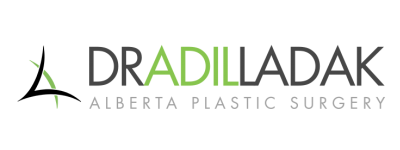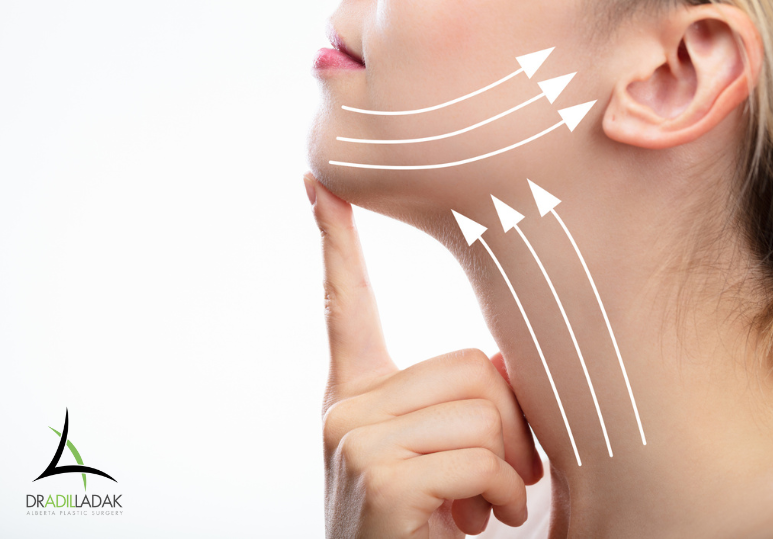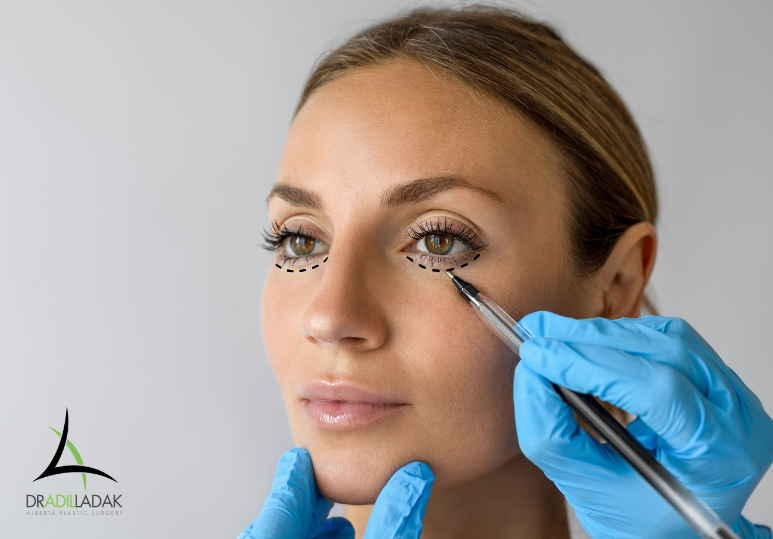Are you interested in liposuction as a potential solution to help you lose fat in those “hard-to-lose” areas? While liposuction can be highly rewarding and life-changing, you should understand the cosmetic procedure from A to Z.
Read on to learn how exactly liposuction removes fat cells from your body and if it is the right method to help you achieve your body goals. Learn what you can do to prepare for a successful surgery, how to quickly recover from it, and how to enjoy life in your brand new skin!
Contact Us To Book Your Consultation Learn More
What is Liposuction?
Liposuction is the surgical process of suctioning out fat cells from specific areas of your body using a thin tube connected to a vacuum. This popular procedure permanently removes excess fat that does not respond well to exercise and dieting.
Four types of liposuction procedures are available. All are generally safe for healthy patients.
The question, then, is whether liposuction is the right method for you to achieve your desired body shape. Call Dr. Ladak at Alberta Plastic Surgery at (780) 407-6691 or fill out the online contact form to get the conversation started.
Is Liposuction Right For You?
While usually safe and effective, liposuction is not guaranteed to help you achieve your body goals.
Liposuction should not be the first recourse if you simply want to lose a large amount of weight. That’s because liposuction is not a weight-loss procedure; it simply aims to enhance your body’s shape. That’s why the most satisfied patients are comfortable with their weight before the surgery.
Liposuction is also of limited effectiveness if you have loose, sagging skin. The surgery removes fat; it does not address the patient’s skin. Liposuction recovery often relies on the patient having elastic skin to tightly wrap around the new contours of the treated areas.
As such, patients with poor skin elasticity may consider liposuction alternatives such as tummy tucks or body lifts.
Finally, liposuction does not remove cellulite or stretch marks.
However, liposuction may be ideal for you if:
- You have excess fat that does not respond well to exercise and dieting. Think of persistent fat deposits in your hips, belly, thighs, and chin.
- You have areas with more fat than others. Liposuction is great for ensuring that your body looks and feels proportionate.
- You have elastic skin. To avoid having to deal with loose skin post-surgery, make sure that your skin is sufficiently elastic to begin with.
- You’re near or already at your desired weight. Again, liposuction is not a weight-loss method. It reduces localized fat deposits; it does not make you significantly slimmer by itself.
Making Liposuction Safe for You
Liposuction, as with other surgeries, is not without its risks.
To minimize liposuction side effects, try to be as healthy as possible prior to the surgery. This means you should be within 30% of your body mass index and a non-smoker. You should also avoid liposuction if you have blood flow problems, heart diseases, diabetes, or a weak immune system.
Equally important is choosing an experienced and board-certified cosmetic surgeon. An accredited surgeon can be the difference between a flawless operation and scarring.
Preparing for Liposuction
If you’re interested in going through with liposuction, you may be asked to:
- Undergo a medical evaluation
- Take and avoid certain medications
- Stop smoking (if you are a smoker)
The length of the preparation period prior to the surgery varies by person. Make sure to follow your surgeon’s recommendations to the letter.
Steps of a Liposuction Procedure
The operation itself constitutes of two simple steps:
Step 1 – Anesthesia: An anesthetic will be administered to you to make the surgery as painless as possible. Depending on the type of liposuction and the areas treated, anesthesia can be local, general, or intravenous.
Step 2 – Incision: The cosmetic surgeon will make small incisions on the areas to be treated. They will then insert a thin tube connected to a vacuum, which will suction out the fat cells.
Expect some swelling and bruising immediately after the operation. Your new silhouette will be revealed once these symptoms subside.
Liposuction Recovery
After the operation, your surgeon will instruct you on how to:
- Care for the treated areas
- Apply the medication to reduce pain and the potential for infection
- Monitor your health and recognize side effects
Generally speaking, initial bruising, swelling, and soreness should stop after a few weeks. You can likely return to work within a few days and resume physical activities within two weeks.
Your surgeon may recommend you covering treated areas with a compression garment for one to two months. This helps control swelling.
Surgery scars should fade within a few months to a year.
Living with Liposuction
Because liposuction directly removes fat cells from your body, the effects of the operation are permanent. Your body will not replace the fat cells removed.
This does not mean that you will never gain fat again. It just means your body will store new excess fat elsewhere.
As such, maintaining a proper weight is crucial to preserve the shape and proportion of your new body.
Ready for Liposuction?
Liposuction is widely considered to be an effective way of targeting excess fat and is safe for most healthy patients. As with all surgical procedures, you should consult with a medical expert before committing to liposuction.
Get in touch with Dr. Ladak today at Alberta Plastic Surgery to see if liposuction is the best fat loss solution for you by calling (780) 407-6691 or by filling out the online contact form.
FAQs
Q: What are liposuction side effects?
A: Side effects include:
- Skin irregularities
- Numbness
- Fluid accumulation
- Fat embolism
- Kidney and heart problems
- Reactions to lidocaine
- Blood clots
Q: What are the types of liposuction offered?
A: Alberta Plastic Surgery offers four types of liposuction:
- Tumescent liposuction
- Ultrasound-assisted liposuction
- Laser-assisted liposuction
- Power-assisted liposuction
Q: How much does liposuction cost?
A: The cost of the operation depends on the type of liposuction, the areas to be treated, and the size of these areas. A simple correction can cost $1,500 whereas a series of operations can cost up to $20,000.





